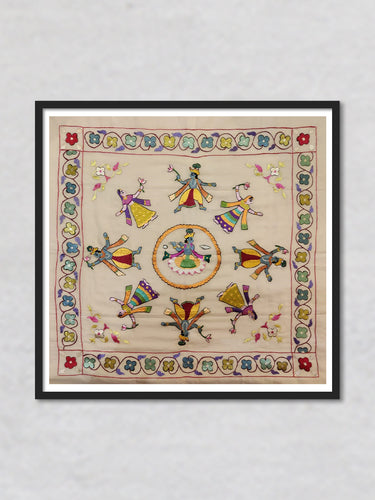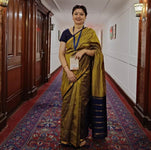 Chamba Rumaal Paintings and Art Collection
Chamba Rumaal Paintings and Art Collection

This artform is recognised by The Government of India as a part of its One District One Product (ODOP) Initiative.
Learn More
Showing items 1-7 of 7.

This artform is recognised by The Government of India as a part of its One District One Product (ODOP) Initiative. Learn More
















